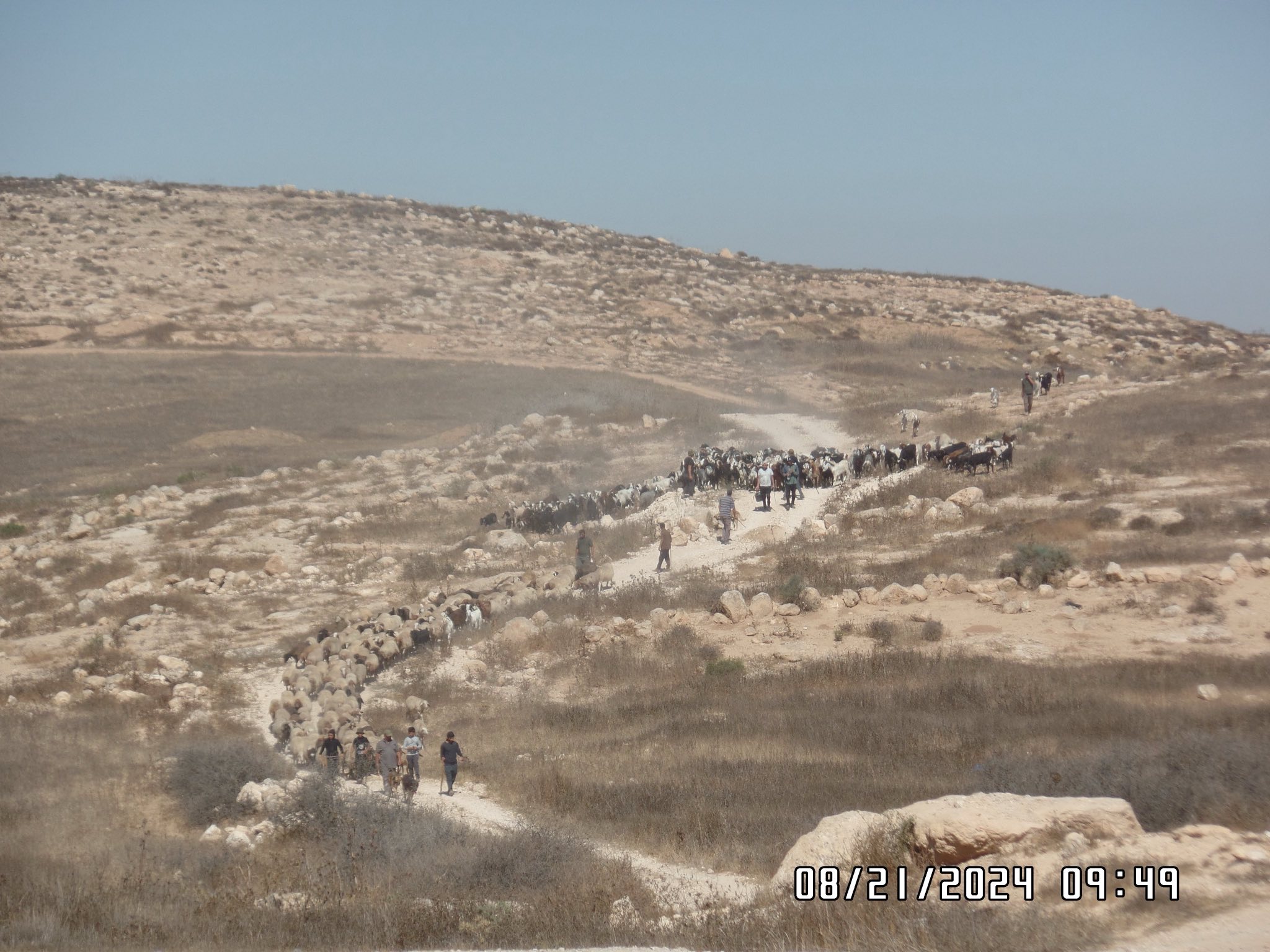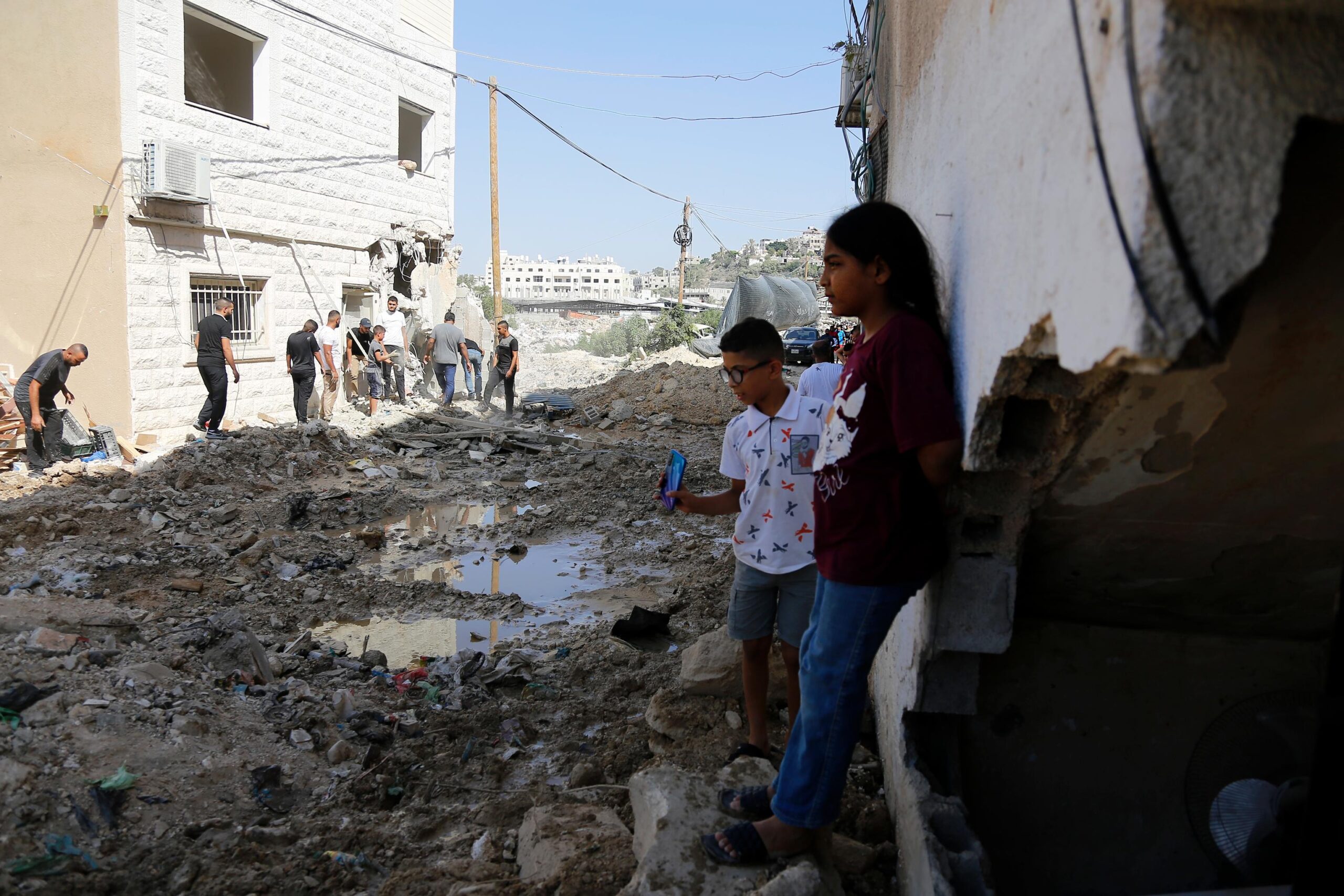-
Zanuta: A Story of Return
26 August 2024 | International Solidarity Movement | Zanuta On Wednesday, August 21, following a long overdue court order, the families of Zanuta, in the South of the West Bank, returned to their village for the first time in 10 months after being forcibly displaced, determined to rebuild their home from the rubble of their […]
-
Israeli Military Operation in Tulkarm Camp
23 August 2024 | International Solidarity Movement | Tulkarm Camp *Tulkarm – West Bank* *22-Aug-2024* *By Diana Khwaelid* On the night of August 22, Israeli occupation forces carried out a massive military operation in the Tulkarm refugee camp that lasted 14 hours. Armed clashes took place between Palestinian resistance and Israeli forces in the camp. […]
-
Celebrating Resilience: The Burin Kite Festival
June 19 – Once a year, the skies of Burin come alive with a dazzling display of color and resilience. The Kite Festival, organized by residents and activists, brings the community together in a joyful celebration of resistance and steadfast joy. Against the backdrop of occupation, this festival has become a powerful symbol of the […]
Action Alert An Nabi Saleh Apartheid Wall Arrests BDS Bethlehem Bil'in Cast Lead Demonstration Denial of Entry Ethnic Cleansing Farmers Gaza Global Actions Hebron House Demolition International law Israeli Army Jerusalem Live Ammunition Nablus Ni'lin Prisoner Ramallah Rubber-coated steel bullets Settlement Settlers Settler violence Tear-Gas Canister Video



